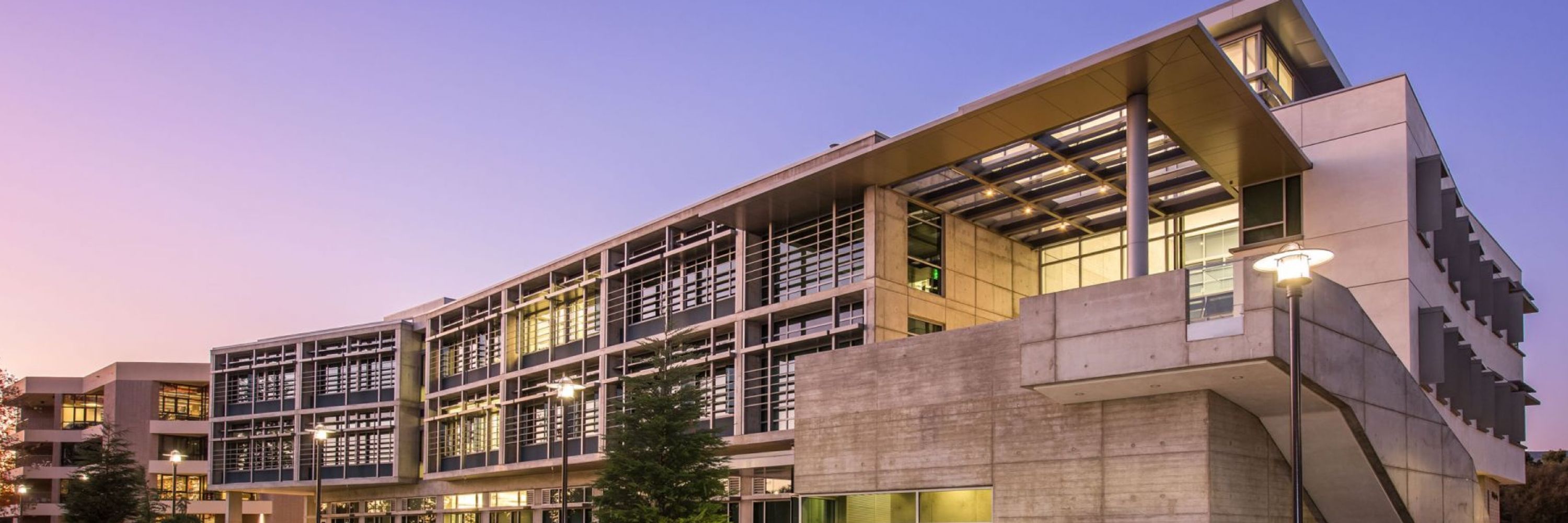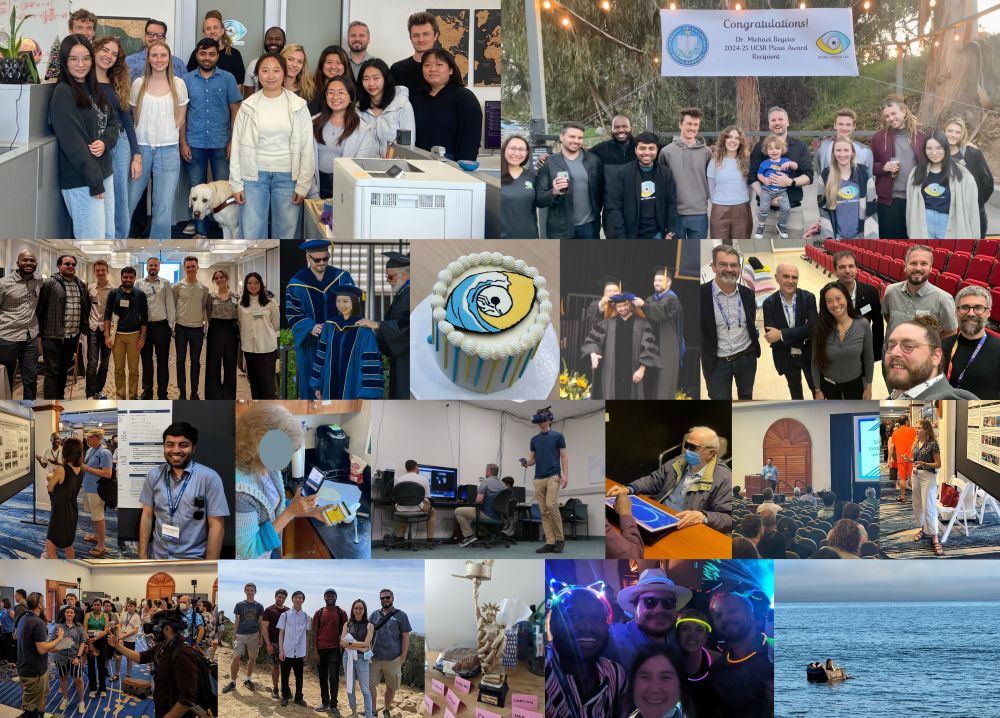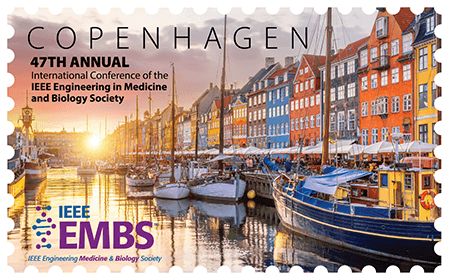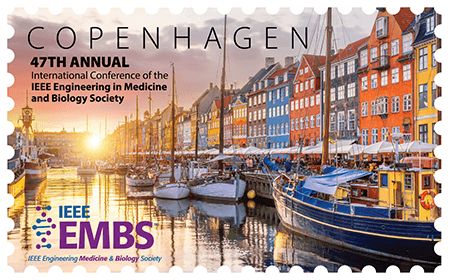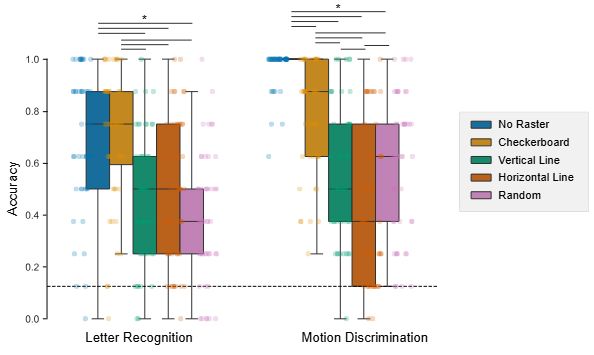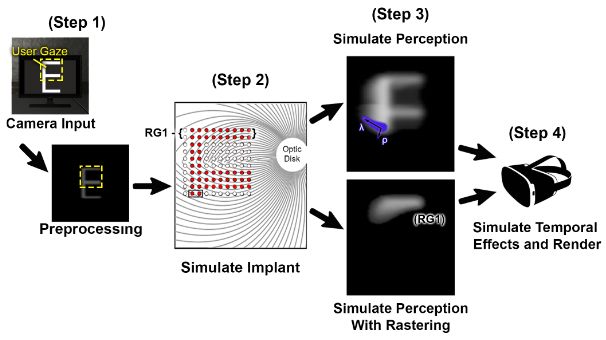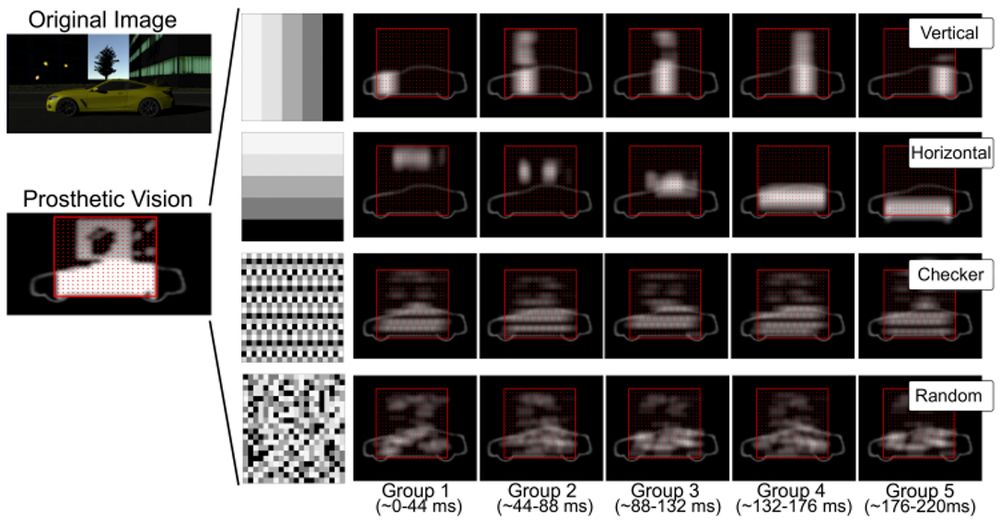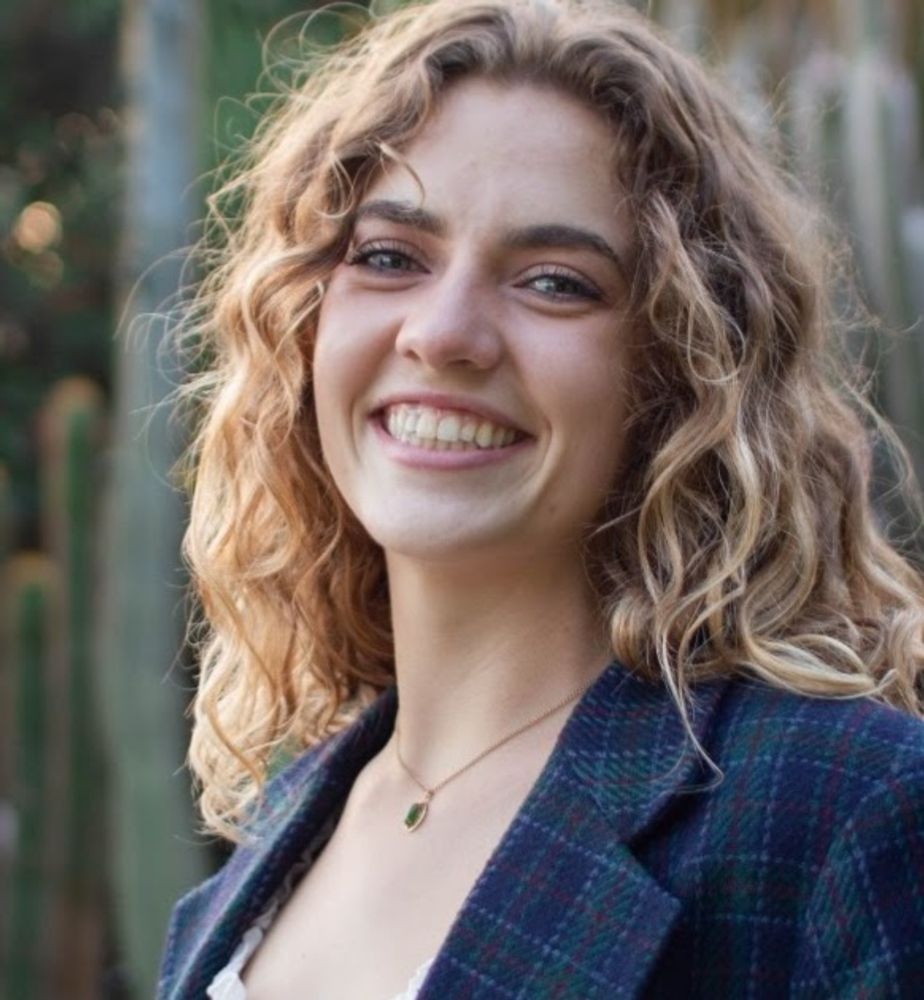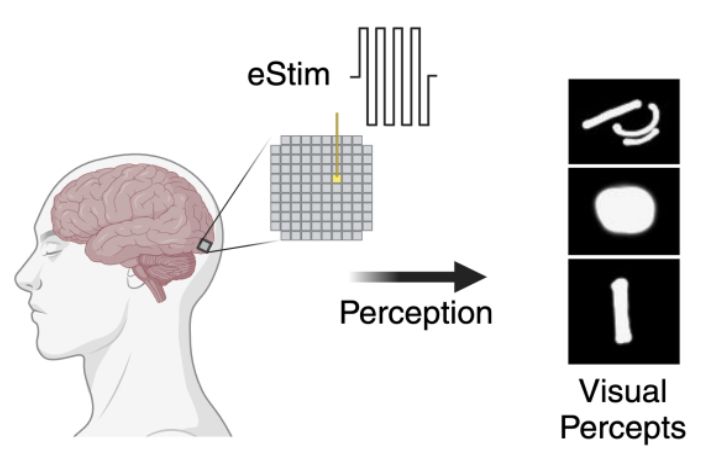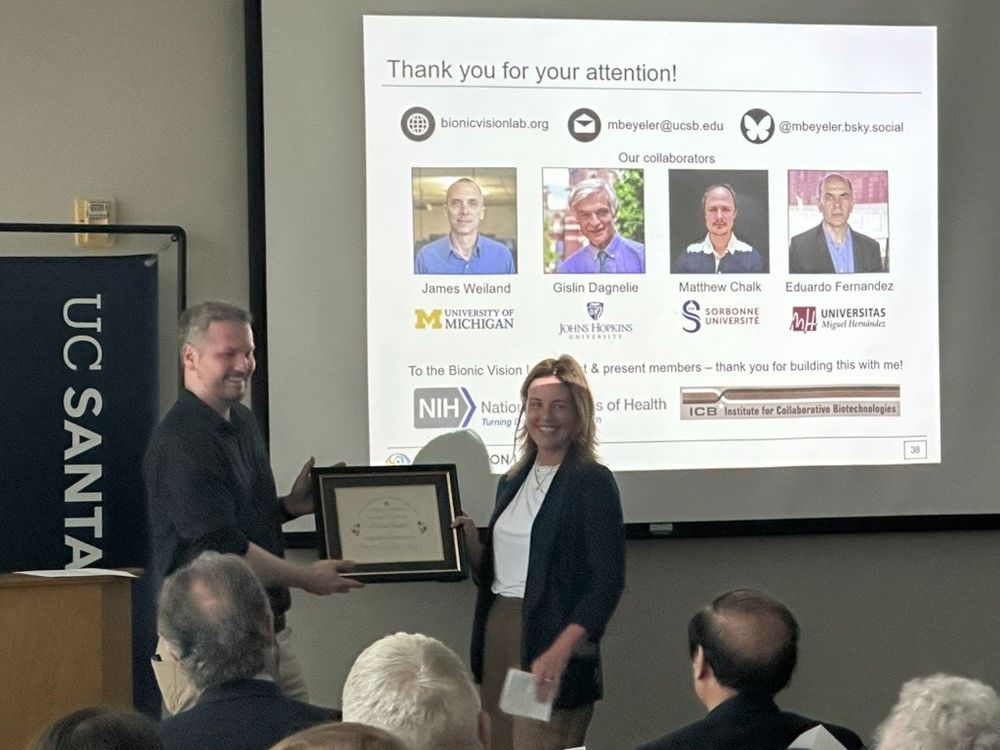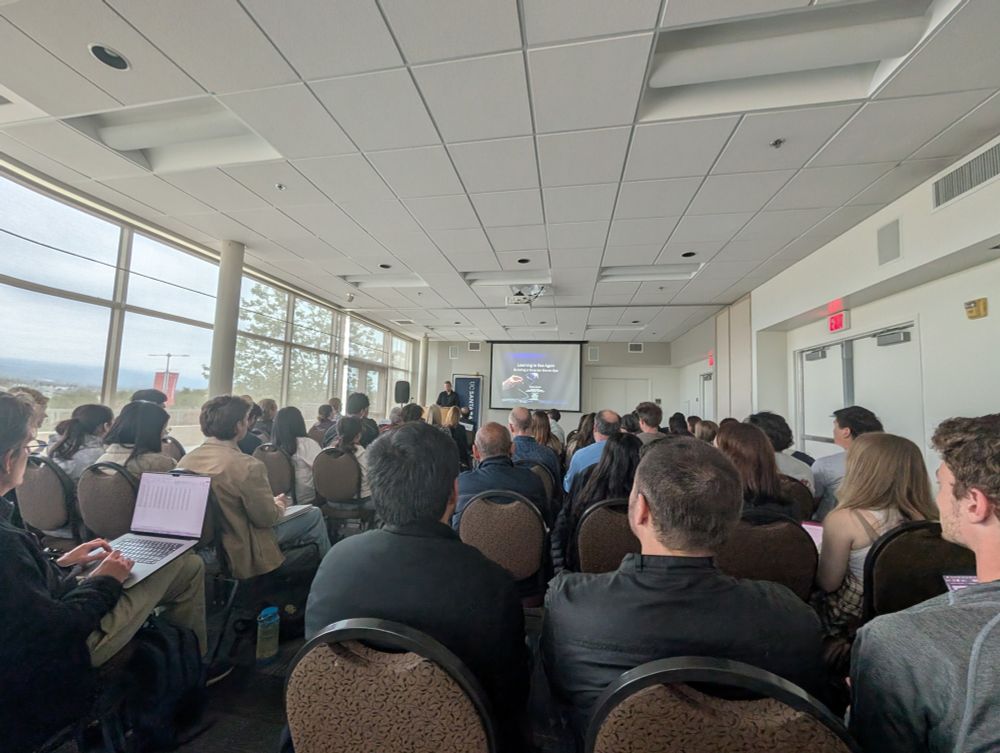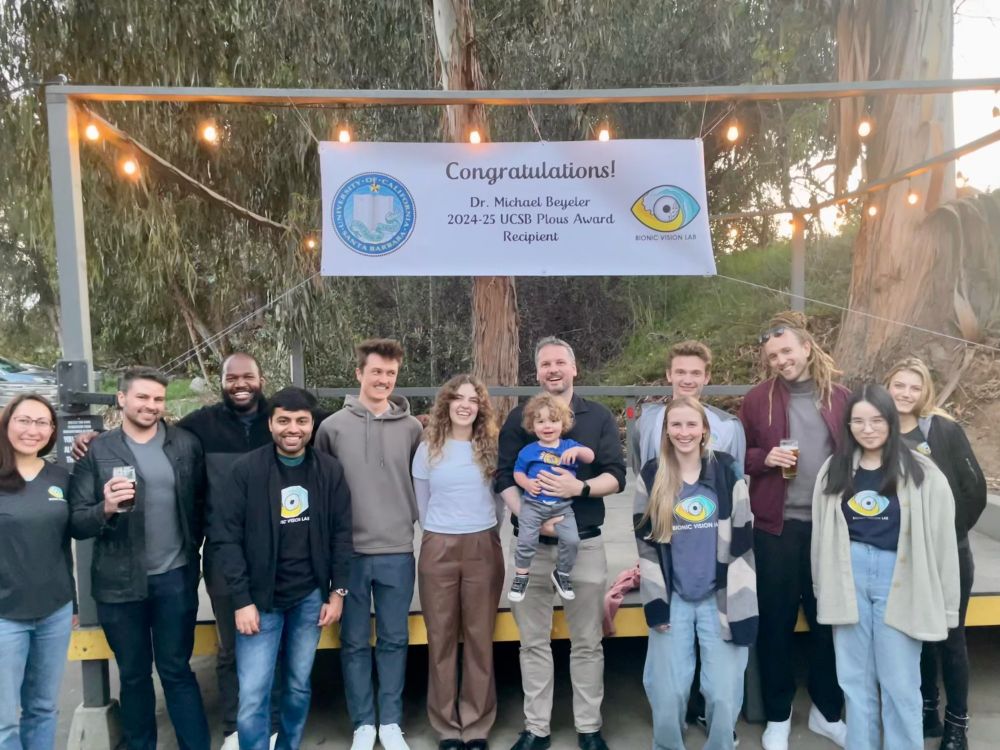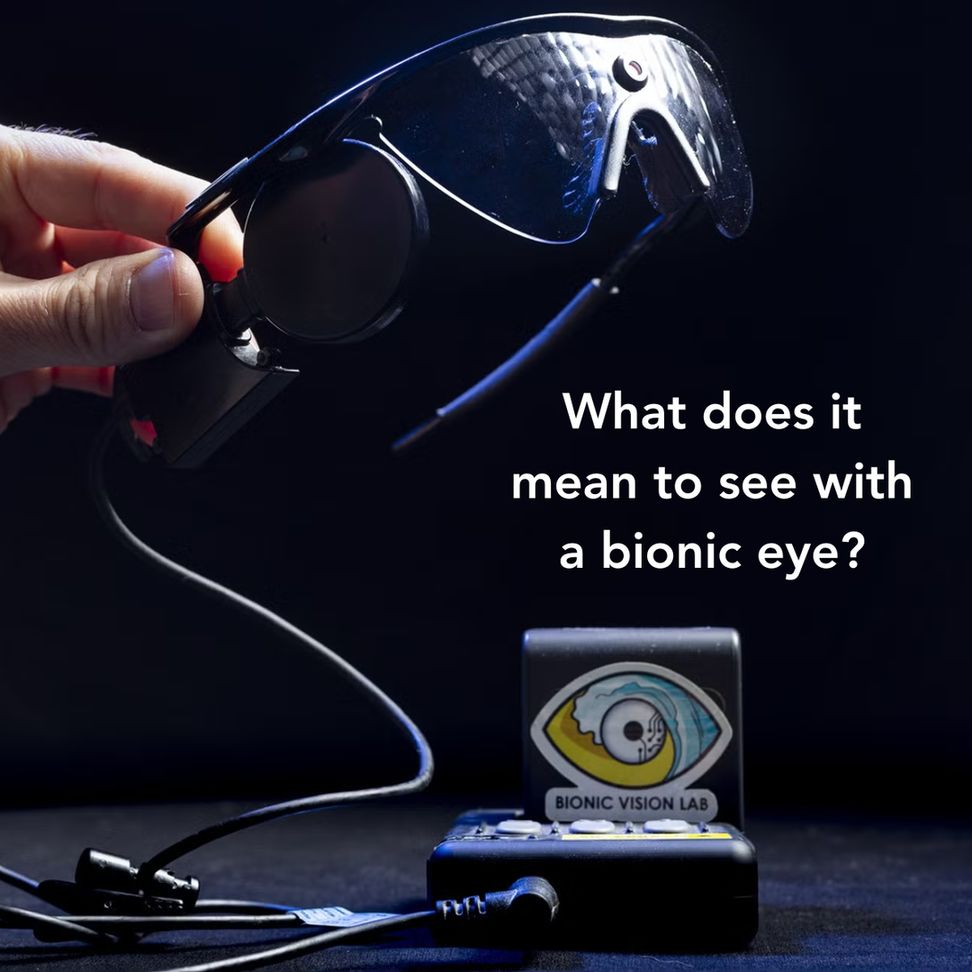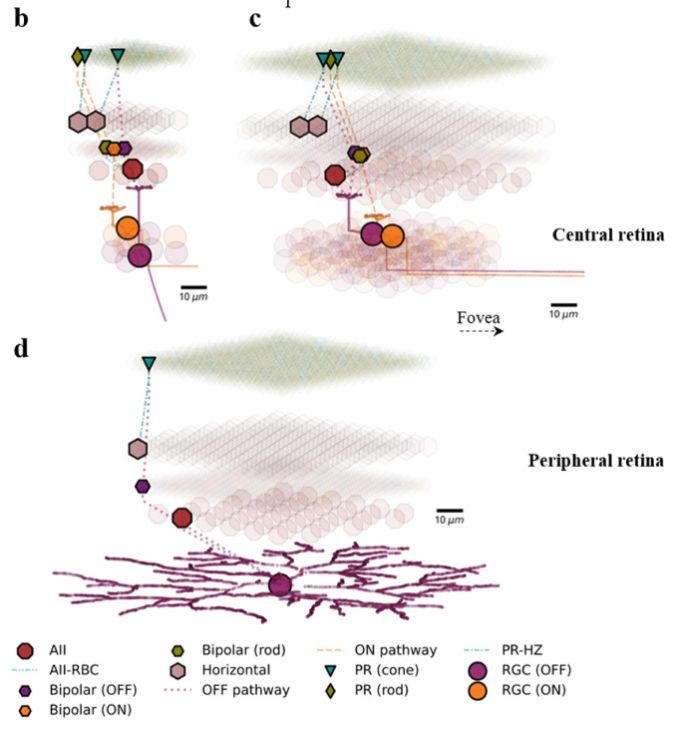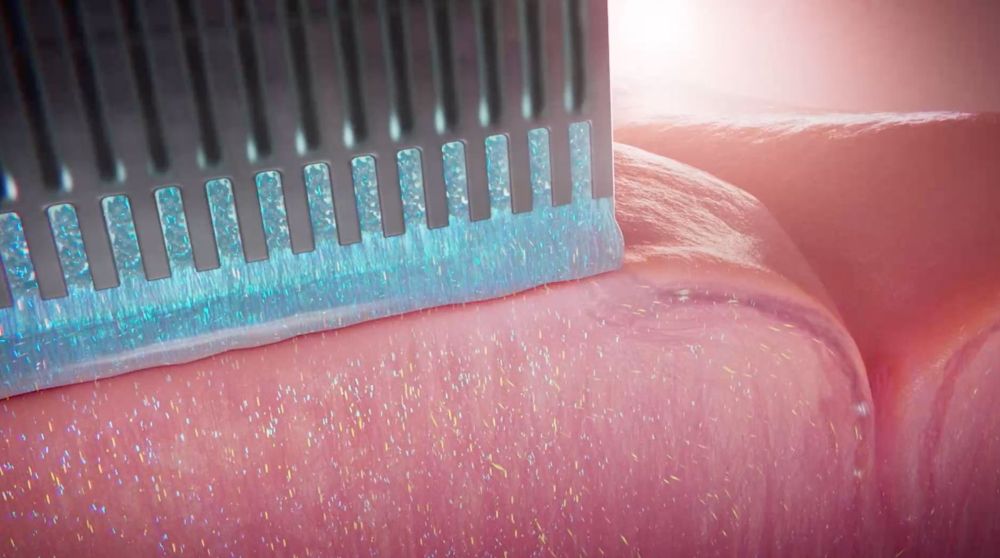Bionic Vision Lab
@bionicvisionlab.org
460 followers
170 following
130 posts
👁️🧠🖥️🧪🤖 What would the world look like with a bionic eye? Interdisciplinary research group at UC Santa Barbara. PI: @mbeyeler.bsky.social
#BionicVision #Blindness #NeuroTech #VisionScience #CompNeuro #NeuroAI
Posts
Media
Videos
Starter Packs
Reposted by Bionic Vision Lab
Reposted by Bionic Vision Lab
Reposted by Bionic Vision Lab
Bionic Vision Lab
@bionicvisionlab.org
· Jul 13

Efficient spatial estimation of perceptual thresholds for retinal implants via Gaussian process regression | Bionic Vision Lab
We propose a Gaussian Process Regression (GPR) framework to predict perceptual thresholds at unsampled locations while leveraging uncertainty estimates to guide adaptive sampling.
bionicvisionlab.org
Bionic Vision Lab
@bionicvisionlab.org
· Jul 13

Evaluating deep human-in-the-loop optimization for retinal implants using sighted participants | Bionic Vision Lab
We evaluate HILO using sighted participants viewing simulated prosthetic vision to assess its ability to optimize stimulation strategies under realistic conditions.
bionicvisionlab.org
Reposted by Bionic Vision Lab
bionic-vision.org
@bionic-vision.org
· Jun 12
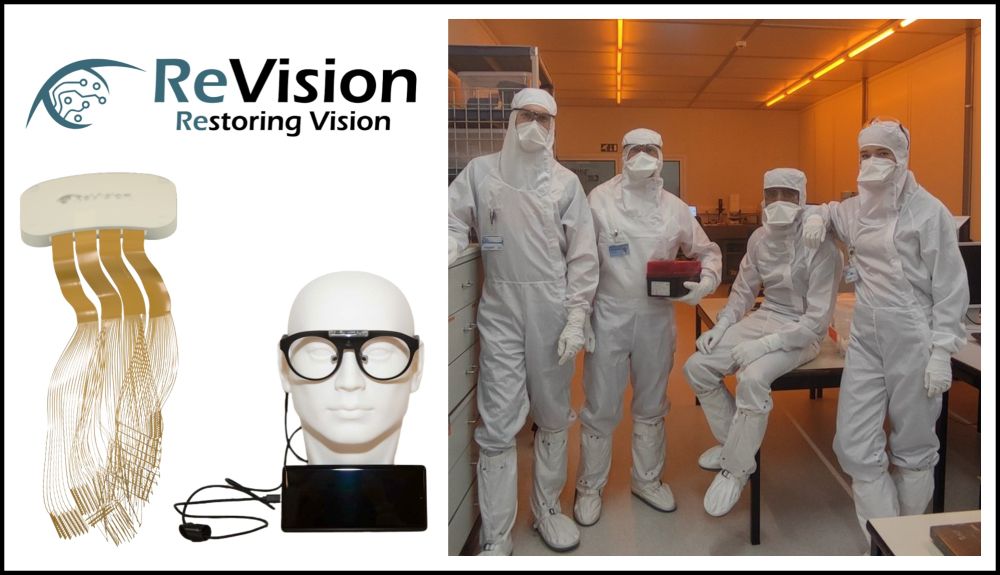
bionic-vision.org | Research Spotlights | Frederik Ceyssens, ReVision Implant
Frederik Ceyssens is Co-Founder and CEO of ReVision Implant, the company behind Occular: a next-generation cortical prosthesis designed to restore both central and peripheral vision through ultra-flex...
www.bionic-vision.org
Reposted by Bionic Vision Lab
Reposted by Bionic Vision Lab
Reposted by Bionic Vision Lab
Reposted by Bionic Vision Lab
Reposted by Bionic Vision Lab
Reposted by Bionic Vision Lab
Bionic Vision Lab
@bionicvisionlab.org
· Dec 17
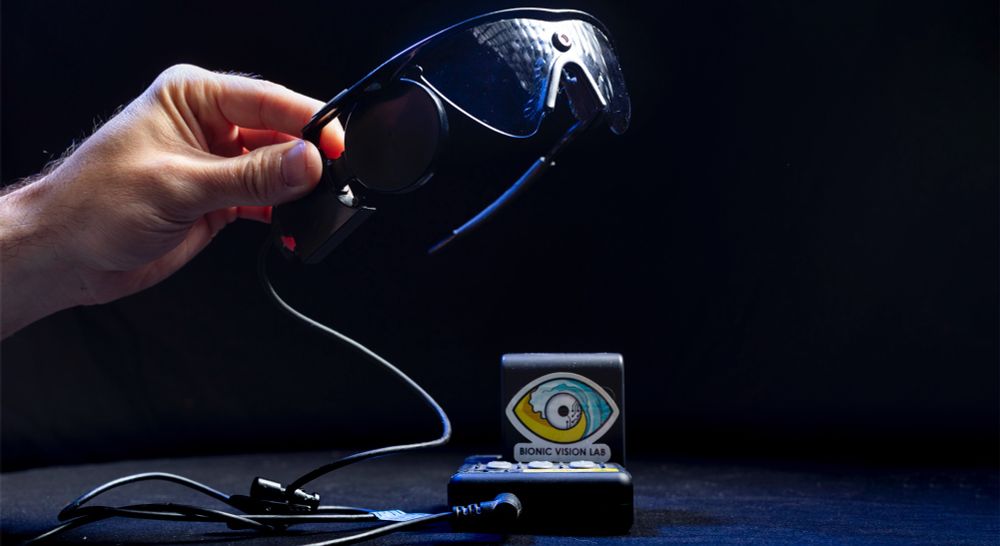
Seeing the future: Michael Beyeler’s work in neurotechnology earns him top faculty award
Recognized for outstanding contributions in research, teaching and service, as well as “his dedication to innovation, excellence and student success," the researcher behind the "bionic eye" receives o...
news.ucsb.edu
